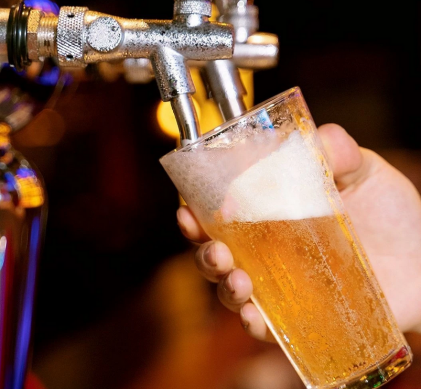Cold drinks and various beverages contain a certain amount of dissolved carbon dioxide gas. When gaseous carbon dioxide comes into contact with water, it undergoes a chemical reaction to form aqueous carbonic acid. It is this carbonic acid that gives drinks their tangy flavor and a slightly sweet sensation in the mouth. Without it, almost every soft drink would taste bland—or ”flat,” as many describe it.
So, what makes carbon dioxide so special that it’s widely used in these drinks? Why don’t manufacturers simply use another gas?
First, solubility is one of the most important factors when mixing any gas with a liquid. Carbon dioxide is highly soluble in water. In fact, it is the most soluble of all common, non-toxic gases. For example, around 1.5 liters of carbon dioxide can dissolve in 1 liter of water at normal atmospheric pressure. Other common gases either do not mix well with water—such as helium or hydrogen—or, if they do, they are typically toxic, such as hydrogen sulfide, ammonia, or sulfur dioxide.
Some drinks do use other gases, but they are usually more expensive and less popular among the general public. The reason carbon dioxide dissolves so well is that it reacts with water to form carbonic acidthe key contributor to the ”fizz” in cold drinks and many other beverages. This fizz not only looks fresh, but also enhances the taste and creates a pleasantly crisp sound. In short, carbon dioxide is exceptionally stable and safe when mixed with liquids, unlike many other gases that may produce unwanted byproducts.
While there are a few other gases that could serve as alternatives to carbon dioxide, they are usually too costly for casual consumers or small-scale producers. Carbon dioxide is abundant and readily available, which also helps keep production costs low.
ZX VICTORY specializes in the production of high-quality CO₂ aluminum cylinders and valves, widely used in the beverage industry.
In cooperation with Linde Gas, we operate an in-house CO₂ filling line, offering gas-filling services upon customer request.Our cylinders comply with ISO 7866 (EU standard) and DOT-3AL (US standard), with capacities ranging from 0.4L to 23.4L. Larger models will be available later this year—stay tuned!
Post time: May-09-2025





